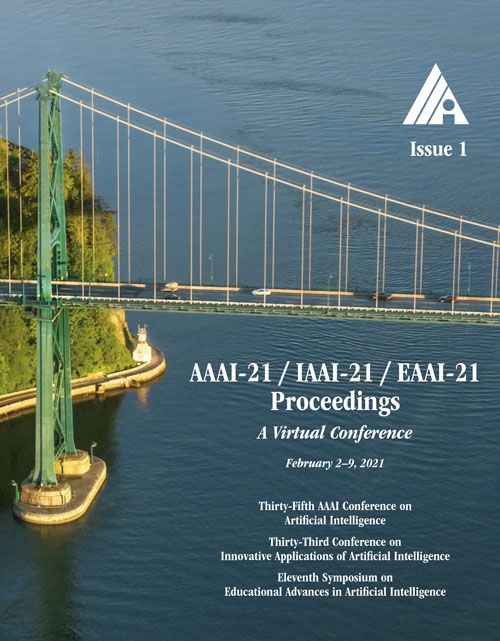Dual-Octave Convolution for Accelerated Parallel MR Image Reconstruction
DOI:
https://doi.org/10.1609/aaai.v35i1.16084Keywords:
Healthcare, Medicine & WellnessAbstract
Magnetic resonance (MR) image acquisition is an inherently prolonged process, whose acceleration by obtaining multiple undersampled images simultaneously through parallel imaging has always been the subject of research. In this paper, we propose the Dual-Octave Convolution (Dual-OctConv), which is capable of learning multi-scale spatial-frequency features from both real and imaginary components, for fast parallel MR image reconstruction. By reformulating the complex operations using octave convolutions, our model shows a strong ability to capture richer representations of MR images, while at the same time greatly reducing the spatial redundancy. More specifically, the input feature maps and convolutional kernels are first split into two components (i.e., real and imaginary), which are then divided into four groups according to their spatial frequencies. Then, our Dual-OctConv conducts intra-group information updating and inter-group information exchange to aggregate the contextual information across different groups. Our framework provides two appealing benefits: (i) it encourages interactions between real and imaginary components at various spatial frequencies to achieve richer representational capacity, and (ii) it enlarges the receptive field by learning multiple spatial-frequency features of both the real and imaginary components. We evaluate the performance of the proposed model on the acceleration of multi-coil MR image reconstruction. Extensive experiments are conducted on an {in vivo} knee dataset under different undersampling patterns and acceleration factors. The experimental results demonstrate the superiority of our model in accelerated parallel MR image reconstruction. Our code is available at: github.com/chunmeifeng/Dual-OctConv.Downloads
Published
2021-05-18
How to Cite
Feng, C.-M., Yang, Z., Chen, G., Xu, Y., & Shao, L. (2021). Dual-Octave Convolution for Accelerated Parallel MR Image Reconstruction. Proceedings of the AAAI Conference on Artificial Intelligence, 35(1), 116-124. https://doi.org/10.1609/aaai.v35i1.16084
Issue
Section
AAAI Technical Track on Application Domains

